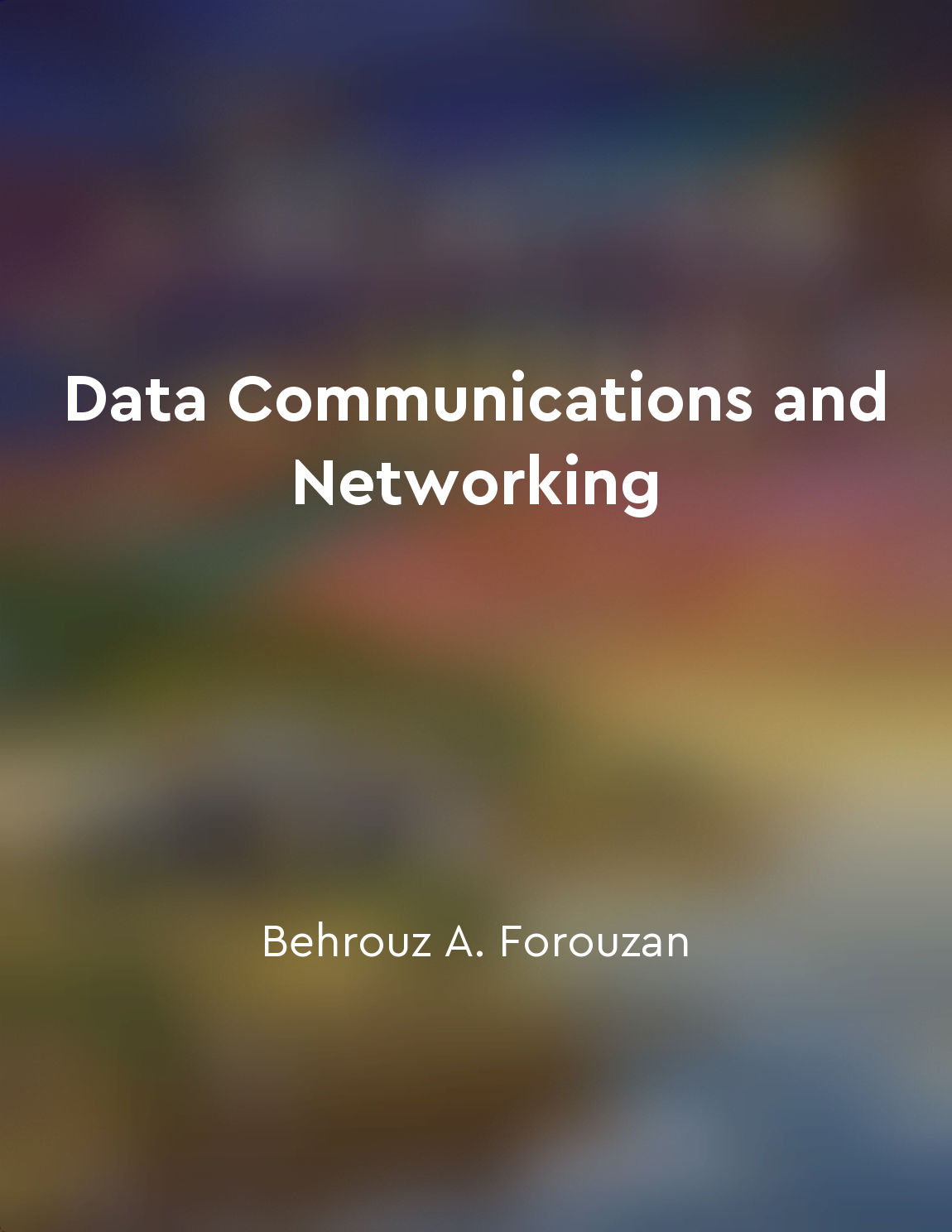Data link layer protocols handle data framing and error detection from "summary" of Data Communications and Networking by Behrouz A. Forouzan
The data link layer is responsible for taking the raw transmission facility and transforming it into a line that appears free of undetected transmission errors to the network layer. To do this, the data link layer divides the stream of bits received from the network layer into manageable data units called frames. Each frame is then sent individually, with error checking added to each frame. The data link layer can detect errors caused by signal attenuation or interference, and it can take steps to correct these errors if they occur. One common method used for error detection is the Cyclic Redundancy Check (CRC), which involves dividing the frame by a fixed number and sending the remainder as a checksum along with the frame. The receiving device performs the same division and compares the remainder with the checksum. If they do not match, an error is detected. Data framing is another essential task performed by the data link layer. Framing involves adding specific bit patterns to the beginning and end of each frame to mark where the frame starts and ends. This allows the receiving device to recognize the boundaries of each frame and extract the data it contains. Without framing, the receiving device would not be able to distinguish between the individual frames sent by the sender. In summary, the data link layer protocols handle data framing and error detection to ensure that data is transmitted accurately and efficiently across the network. By dividing the data into frames, adding error checking information, and framing each frame, the data link layer plays a crucial role in maintaining the integrity and reliability of data transmission.Similar Posts
Encryption secures sensitive information
To understand the concept of encryption, it is essential to recognize that information is essentially a form of communication. ...
Networks represent practical applications graph theory
The practical significance of graph theory is readily apparent in the realm of networks. Networks are ubiquitous in our modern ...
C is a powerful and flexible language
C is a language that emphasizes simplicity and clarity. Its syntax is straightforward and easy to understand, making it an idea...

Wide area networks (WANs) connect devices across long distances
Wide area networks (WANs) are a type of network that connects devices across long distances. Unlike local area networks (LANs) ...

Data transmission requires modulation and demodulation
Data transmission is a complex process that involves sending data from one point to another. However, data cannot be transmitte...

Cloud computing provides flexible and scalable network resources
Cloud computing allows organizations to access a wide range of network resources without the need to invest in expensive infras...
